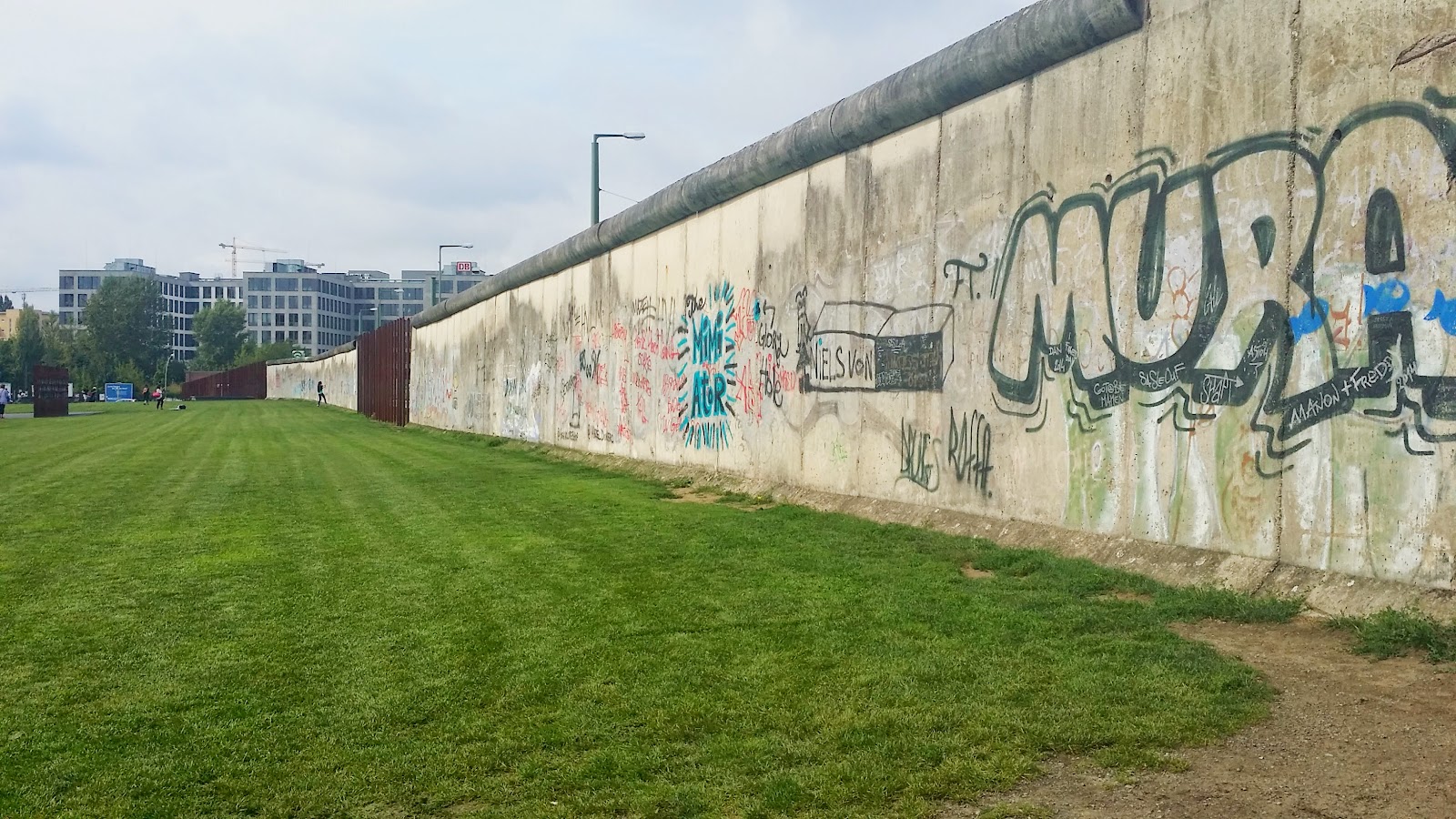This street is perhaps the only remaining place in the city where you can really imagine living life next to the Berlin Wall. A relatively non-descript street before 1962, it was transformed almost overnight when the wall was built, and became a symbol of how it divided the city. The street now exhibits the longest remaining preserved sections of the wall, at 1.4 kilometres long. It has been turned into a major open-air museum and memorial to the Berlin Wall, telling the history of a divided city and paying tribute to those who suffered because of the divide.
The impact of the wall here was so palpable, as people living here in the East Berlin looked out of their windows and saw the West directly below them. Friends and family who lived across the street before the wall was erected became part of a different political system overnight. The stories that emerged from Bernauer Straße became headline news, as it became well-known for the number of escapes attempted here. The exact number is unknown. As time went on the wall became increasingly insurmountable, with more reinforcements being put in place daily. The exact number of successful escape attempts is unknown, however at least ten people are known to have died here trying to escape to the West. The first fatality at the hands of the wall occurred here just nine days after the wall’s construction. 58-year-old Ida Siekmann jumped out of her fourth floor window before fire fighters could open their jumping sheet, and tragically died of her injuries.
The museum tells some of the more compelling and emotional stories of the wall. It attempts to show the wall as it was, with original posts, concrete foundations, lamp cabling and paving slabs on display. The ‘no man’s land’ between Brunnenstraße and Gartenstraße was once the site of the Chapel of Reconciliation. Because of its location in the death strip, nobody could attend services, and it was demolished in the 1980's. A monument now stands in its place, reinstating its importance as a place of worship and hope. Bernauer Straße was also a popular place for East Germans to tunnel to freedom, and these tunnels are marked out on the ground.




No comments:
Post a Comment